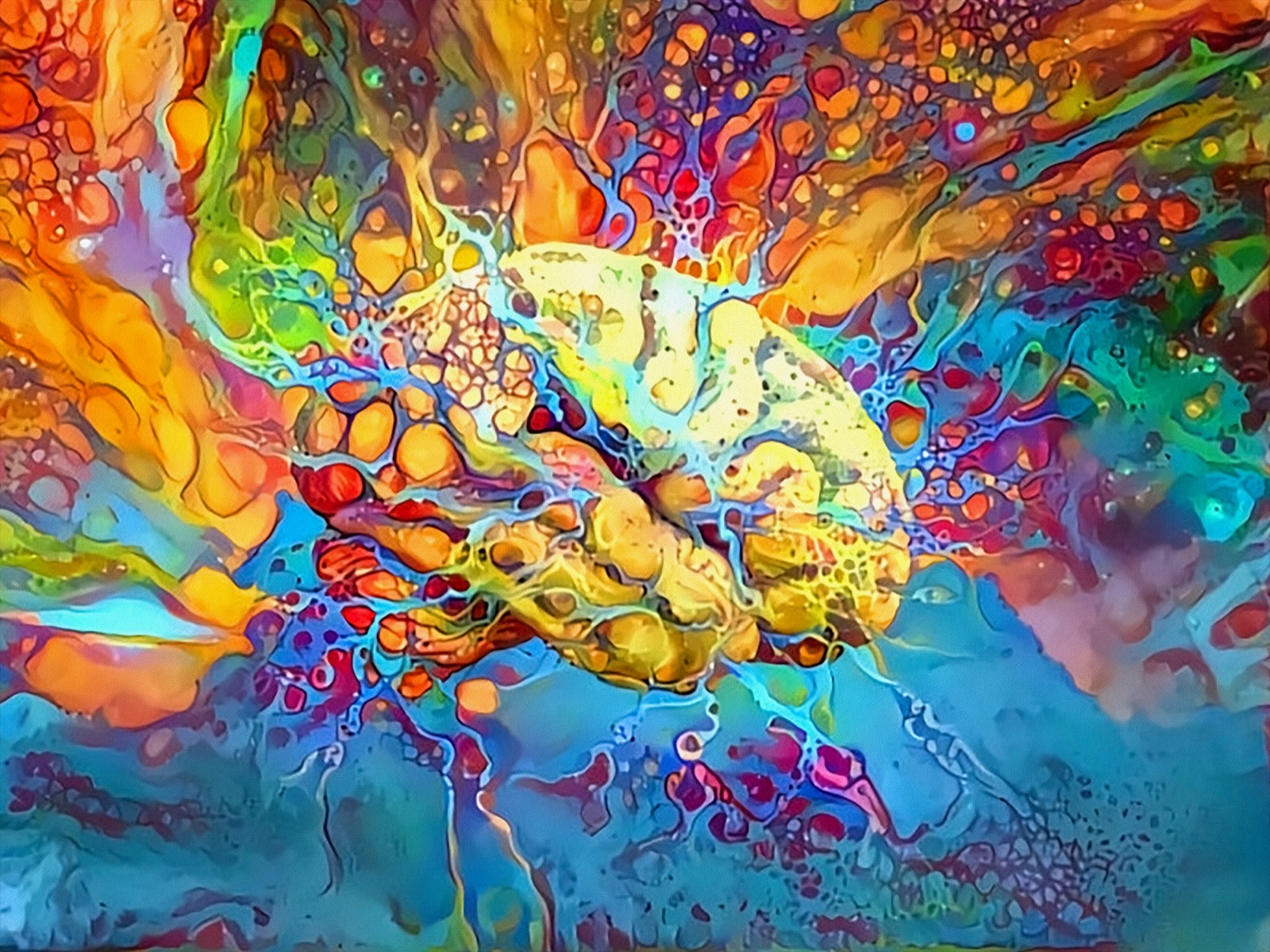How Trump Art Influences Public Assumption of Political Figures
How Trump Art Influences Public Assumption of Political Figures
Blog Article
Digging Into the Diverse World of Artistic Expression: From Surrealism to Abstract Realistic Look
In the world of artistic expression, from the dreamlike landscapes of surrealism to the complex play of light and kind in abstract realism, artists have continually pressed the borders of imagination and creativity. As we discover the multifaceted world of art, we are provided with a tapestry of styles, strategies, and philosophies that challenge our understanding and provoke consideration.
Surrealism: Letting Loose the Subconscious
Surrealism, a progressive imaginative movement of the 20th century, explored the depths of the subconscious, unveiling a globe of dream-like images and unconventional juxtapositions. Led by artists like Salvador Dali, René Magritte, and Joan Miró, Surrealism sought to challenge the standard methods of seeing and recognizing art. Via strategies such as automatism and desire evaluation, Surrealist musicians intended to use the subconscious mind to disclose concealed facts and wishes.
Among the crucial elements of Surrealism was the emphasis on the unreasonable and the astonishing. By integrating unforeseen aspects in their works, Surrealist artists intended to develop a feeling of disorientation and surprise in the audience. This disturbance of reasoning and factor was indicated to provoke a deeper expedition of the subconscious and the enigmas of the human mind.
Abstract Realism: Redefining Perception
Testing typical imaginative limits, Abstract Realism redefines perception via the blend of recognizable aspects with abstract forms. This innovative approach to art combines the representational precision of realism with the creative liberty of abstraction, providing viewers an unique aesthetic experience that prompts them to examine their assumption of fact.
In Abstract Realism, musicians aim to capture the significance of their subjects while additionally infusing their deal with a feeling of deepness and intricacy via abstract components. By blending the knowledgeable about the strange, these musicians welcome audiences to engage with their pieces on numerous degrees, urging them to discover the subtleties of shade, form, and structure.

Cubism: Fragmenting Truth
Making use of geometric forms and fragmented point of views, Cubism transformed the imaginative representation of truth in the very early 20th century. Developed by Pablo Picasso and Georges Braque, Cubism sought to test standard ideas of viewpoint and depiction. By damaging down objects and numbers right into geometric shapes and providing them from several point of views at the same time, Cubist musicians aimed to record the significance of the subject rather than its literal look. This strategy not just deconstructed reality however likewise stressed the monotony of the canvas, leading the way for future abstract art motions.

Cubism can be categorized into two main phases: Analytical Cubism, characterized by monochromatic color pattern and intricate, fragmented forms; and Synthetic Cubism, which included collection components and brighter shades right into the structures. With these unique phases, Cubism influenced not only painting yet also style, sculpture, and architecture. trump art. Its impact resounded throughout the art globe, inspiring artists to discover brand-new methods of translating and representing the globe around them
Expressionism: Feelings on Canvas
Discovering the depths More Help of human feelings with expressive and vivid brushstrokes, Expressionism became a profound artistic activity in the early 20th century. Unlike previous art activities that concentrated on illustrating the exterior world, Expressionism explored the inner realm of the artist's subconscious, intending to stimulate raw emotions and prompt natural reactions from viewers.
Expressionist musicians, such as Edvard Munch, Egon Schiele, and Emil Nolde, rejected typical notions of elegance and realism for distorting type and color to share subjective feelings. The usage of exaggerated brushwork, strong shades, and distorted figures aided create a feeling of unease, alienation, or passion in their jobs.
One of the most popular examples of Expressionism is Munch's "The Scream," which catches the extreme anxiety and despair of modern-day life through its swirling, distorted number versus a blood-red skies. Through their mentally billed works, Expressionist artists sought to challenge traditional artistic norms and offer a window into the unstable midsts of the human soul.
Contemporary Art: Progressing Viewpoints

One of the specifying attributes of modern art is its constant evolution and capability to adapt to altering social landscapes. Musicians are increasingly incorporating innovation into their method, obscuring the lines in between the electronic and physical worlds. This blend of tools permits innovative ways of storytelling and engaging with target markets in a more interactive manner.
Furthermore, contemporary art commonly works as a system for social discourse, resolving pressing issues such as identity, politics, and the atmosphere. Artists are using their work to prompt and trigger vital discussions idea, shedding light on the intricacies of the world we reside in. As perspectives remain to develop, modern art continues to be a influential and dynamic pressure in shaping our cultural landscape.
Conclusion
In conclusion, the globe of imaginative expression incorporates a variety of motions and designs, each with its own special method to conveying definition and feeling. From surrealism's expedition of the subconscious to abstract realism's redefining of perception, article and from cubism's fragmentation of index fact to expressionism's portrayal of emotions, art remains to develop and challenge viewpoints - trump art. Contemporary art shows the ever-changing world we stay in, supplying brand-new methods to interpret and recognize the complexities of our fact
As we check out the multifaceted world of art, we are offered with a tapestry of styles, strategies, and approaches that challenge our understanding and prompt contemplation. Its influence reverberated throughout the art world, motivating artists to discover new means of representing the world and interpreting around them.

Report this page